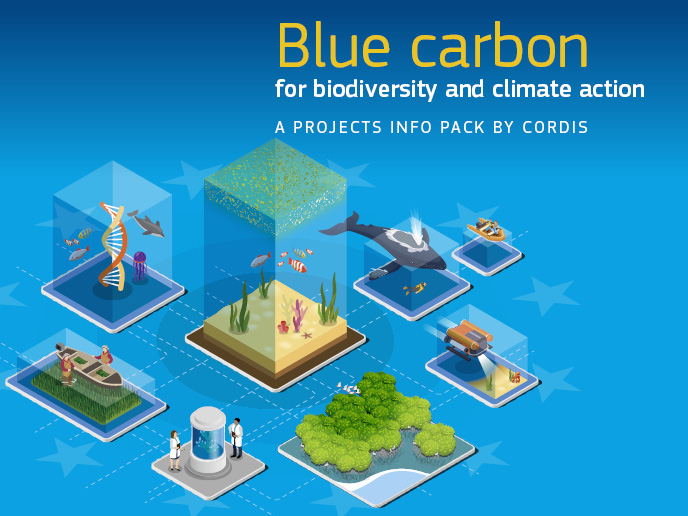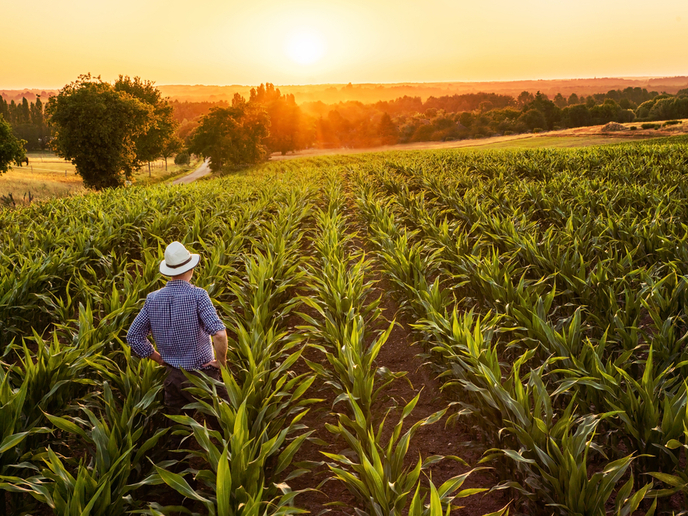New rainforest monitoring tool
Recent studies have shown that the texture of rainforest canopies correlates well with trunk diameter, tree height and biomass. Scientists hence wanted to use satellite images of canopy texture as the basis for predicting forest parameters, but needed to verify the relationship between the two first. As such, the EU-funded FOTOFOR2 project was set up to test whether the link between canopy texture and forest parameters are relevant on a larger scale. The project also aimed to understand how the image data received by a satellite relates to actual physical features. The scientific team collected large quantities of forest data from rainforest sites in Africa — this included biomass and tree height data — which was then compared to predictions based on canopy texture. The canopy texture method provided a better prediction (with only a 15 % error) than any other satellite-based prediction method. Project members also used 3D simulations of forests to test how FOTO processed texture under different Sun angles and atmospheric conditions. The results of these tests will be incorporated into the final FOTO technique to improve the reliability of the predictions. Researchers also found high resolution images to be useful in assessing the proportion of deciduous trees, allowing to interpret signals obtained in coarser resolution satellite data and to map forest types at regional level.. These efforts will ultimately improve our ability to monitor rainforests and thus help mitigate the effects of climate change.







